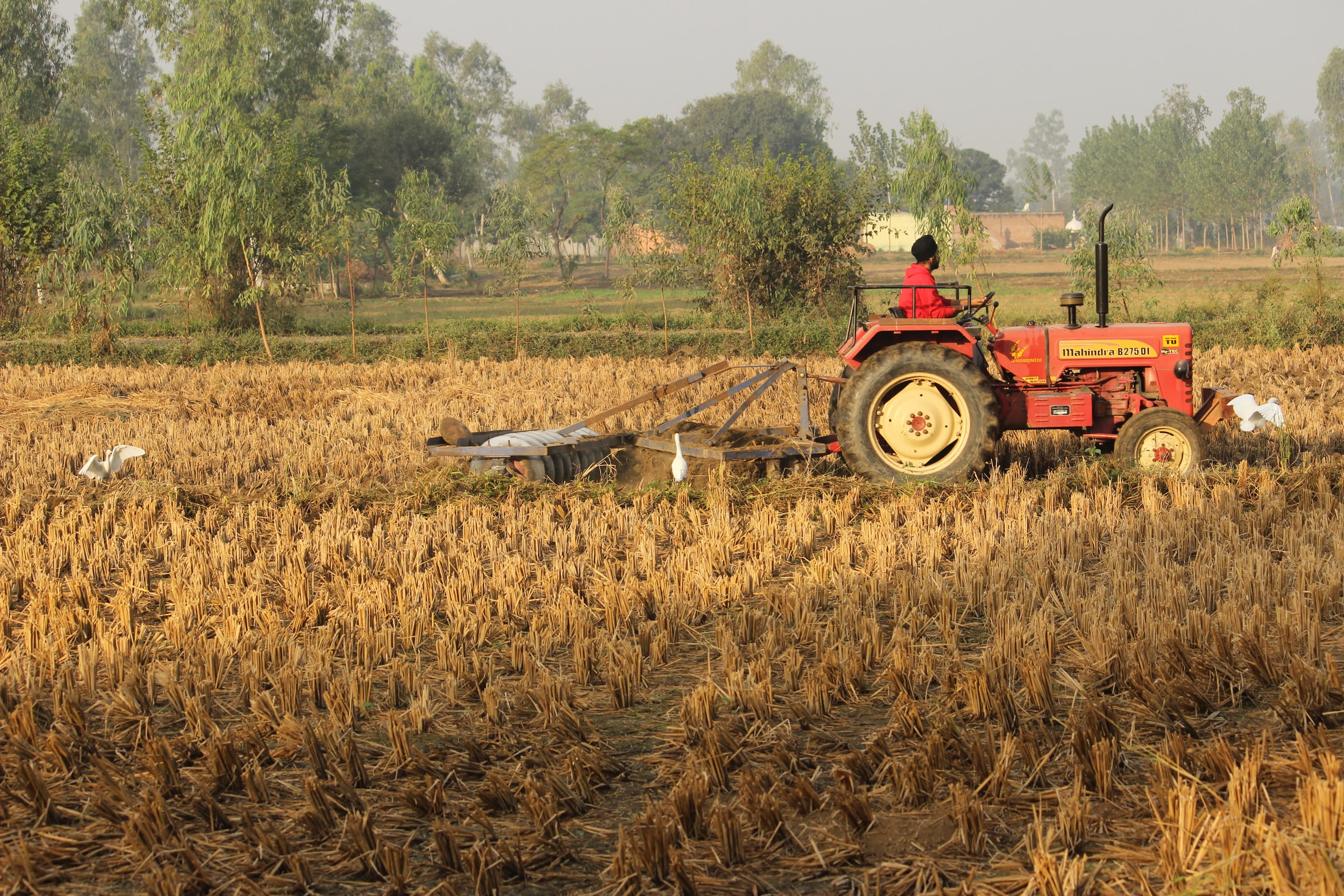The United Nations projects the population of Zambia will triple by the year 2050. As of 2021, the population of this centrally located and landlocked nation on the African continent was about 18 million. That means Zambia can expect about 60 million people by 2050.
Furthermore, if trends continue, Zambia is projected to support 100 million people by the end of the century.
It’s figures like these that have the CEO of one of Zambia’s largest diversified multinational conglomerates thinking a lot about agriculture these days. Clever Mpoha, the founder and chief executive of the Savenda Group, has directed his firm to move into agribusiness in a significant way.
NEW SAVENDA AGRICULTURE INITIATIVES
The company recently purchased arable land near the Zambian Central Province city of Chibombo. Savenda has proceeded to rapidly scale up a major farming operation there, purchasing machinery, hiring labor and seeding crops. The Chibombo district is well known for producing maize, cotton and wheat.
While the Chibombo farm represents a traditional agricultural operation, SAVENDA is determined to move Zambian agriculture into a new direction with an eye on sustainability.
RE-THINKING FOOD PRODUCTION & DISTRIBUTION: SAVENDA EAGER TO INNOVATE
SAVENDA is also determined to implement an all-new farmer-to-market dynamic that places emphasis on the prosperity of the people closest to the land — the actual farmers themselves.
To that end, Savenda recently launched a tech-enabled operation in Lusaka called ZAMBIAFresh. This new initiative will accomplish two critical goals. It will put more money into the pocket of small-producer farmers and bolster the sustainability of production and distributional agricultural methods in Zambia.
ZAMBIAFresh manages both of those goals by helping individual farmers gain access to small plots of land where they can concentrate on growing vegetables and fruits. This is significant because traditional agriculture in Zambia, which is heavily geared toward maize, grain crops and cotton, is an increasingly unsustainable form of agriculture when done on a large scale.
Although important and valuable, crops like cotton and maize are water-intensive and produce stress on the soil. That’s because they leave behind greater rates of erosion and often require increased use of artificial fertilizers, pesticides and herbicides. Additionally, the farm machinery that cultivates and harvests these crops are diesel-driven implements that contribute to greenhouse gas emissions that are driving climate change.
In short, it’s the “same old” petrochemical food production model that world experts say is not sustainable.
FINDING A NEW WAY
Savenda’s ZAMBIAFresh model is leveraging advanced software and streamlined logistics methodologies that will allow hundreds of small farmers to grow eco-friendly and soil-friendly types of food that require less machinery from planting through harvesting and then transportation.
The ZAMBIAFresh model provides a farmer’s market in Lusaka where the fresh and often organically grown foods on nearby farms can be easily transported with light vehicles. Shoppers at the market can select fresh products that are often just hours from being harvested and not burdened with wasteful packaging and/or processing requirements.
Studies show that Zambians are eager to buy fresher and organically produced foods. In fact, consumption of fruits and vegetables has been growing from 10% to 15% annually. Production has been doubling every five years.
But Clever Mpoha said much more needs to be done and even greater levels of innovation are urgently called for. The climate crisis has already exacted a severe toll on this nation in the form of unprecedented droughts. Significantly less rain over the past two decades has hampered food production while the Zambian population continues to increase.
SOLARISED FARMING AND AGRIVOLTAICS
Mpoha said Savenda Group is positioned to lead the way in developing new ways to produce more food using less fossil fuel energy and in a way that protects the soil and preserves the purity and supply of fresh water.
A major focus for Savenda will be solarised farming – that means deploying what technicians call “agrivoltaics” or AVP. This essentially involves using large tracts of land to set up not just traditional solar farms – but vast areas covered with rows of solar panels combined with food crops growing on the ground under and in between the equipment.
Researchers now say that growing crops in between and even under solar panels can be a superior way to produce food while using even less water. That’s because there is a limit to how much sunlight a plant can absorb. Botanists call it the light saturation point. Any extra light a plant receives beyond a certain is unneeded by the plant. In fact, too much sunlight requires plants to “sweat” (transpire) more to regulate body temperature. That, in turn, requires more watering to keep the plant viable.
A solar installation designed with moveable solar panels that can alternately shade and light plants can be a superior way to grow crops because it creates optimal environments for plants while also producing green electricity that can be used to run other farm operations. That might include charging electric agricultural vehicles, powering irrigation infrastructure, lighting and cooling buildings and more.
Savenda management and engineers are excited about the potential of solar farming enhanced and enabled by agrivoltaics. It addresses precisely the challenges facing Zambia today — the onus to use water more efficiently, grow more food for an increasing population and generate carbon-neutral energy.



 Bitcoin
Bitcoin  Ethereum
Ethereum  XRP
XRP  Tether
Tether  Solana
Solana  USDC
USDC  TRON
TRON  Lido Staked Ether
Lido Staked Ether  Cardano
Cardano  Avalanche
Avalanche  Toncoin
Toncoin